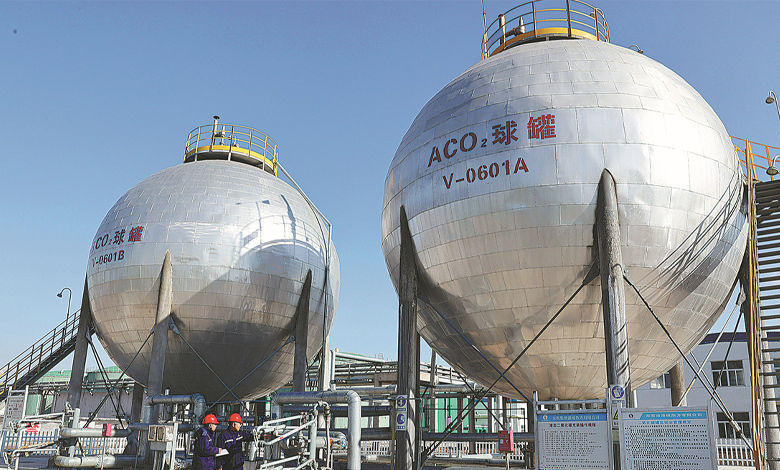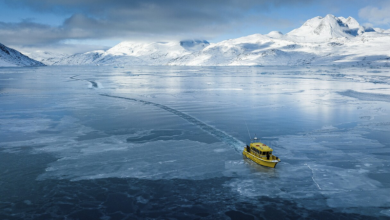Decoding Carbon Capture: Navigating Climate Solutions

In the quest to combat climate change, carbon capture technologies have taken center stage, yet their journey is fraught with complexities. As nations convene for the 28th United Nations climate change conference, the future role of carbon capture in a climate-friendly world comes under scrutiny. Let’s delve into the intricacies of the industry, examining its current state, diverse forms, high costs, and the geographic challenges it confronts.
Forms of Carbon Capture:
Carbon capture technology primarily involves trapping carbon dioxide emissions from point sources like industrial smokestacks. This captured carbon can either be stored permanently underground (carbon capture and storage – CCS) or utilized for industrial purposes before storage (carbon capture, utilization, and storage – CCUS). Currently, 42 operational projects globally have the capacity to store 49 million metric tons annually, a mere 0.13% of the world’s annual carbon emissions.
Enhanced oil recovery (EOR) is a prevalent method, with 78% of captured carbon utilized in this practice, injecting carbon into oil wells to extract trapped oil. The remaining 12 projects focus on storing carbon without enhancing oil output.
Read More: Climate Crisis: Pregnant Women and Kids in Peril
Direct air capture (DAC) presents another approach, capturing carbon emissions directly from the air. Although 130 DAC facilities are planned globally, only 27 are commissioned, capturing a modest 10,000 metric tons annually.
High Costs and Financial Hurdles:
Cost is a formidable hurdle to widespread carbon capture adoption. CCS costs range from $15 to $120 per metric ton, while DAC projects are even pricier, ranging from $600 to $1,000 per metric ton due to the energy-intensive process. Some projects, like those in Norway and Canada, have faced financial pauses.
Public subsidies, like the Inflation Reduction Act in the U.S., provide significant incentives, offering tax credits for captured carbon. However, companies may still grapple with additional costs to advance projects. Failures, such as a Texas coal plant project with chronic mechanical problems, highlight the need to prove technology readiness.
Location Constraints and Community Concerns:
Geological limitations dictate where captured carbon can be stored. Ideal sites are found in North America, East Africa, and the North Sea. As carbon capture scales up, transportation challenges emerge, requiring extensive pipelines or shipping fleets. Recent cancellations of projects, like the U.S. Midwest’s $3 billion CCS pipeline, underscore community concerns about potential leaks and construction damage.
Simone Stewart from the National Wildlife Federation emphasizes the importance of addressing community concerns and recognizes the limitations of deploying technologies universally.
Conclusion:
While carbon capture holds promise, its journey is riddled with challenges. The industry grapples with high costs, unproven technologies, and the intricate task of navigating geographical and community constraints. As the world gathers to address climate change, understanding these complexities becomes crucial for informed decision-making on the role of carbon capture in our collective pursuit of a sustainable future.



